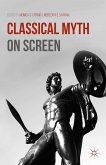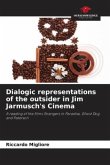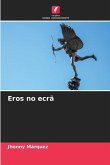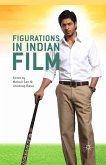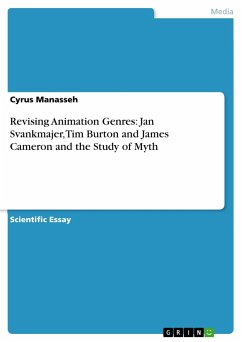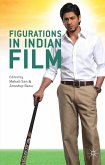The dialogic communication process contrasts in the theoretical organisation the contributions of various authors from their disciplines on eroticism and its audiovisual representations. It defines the relationship between myths and the media, specifically between Eros and cinema and its narrative forms, using the grotesque medieval body as a reference to profile the erotic body and in cinema to find examples of representation for its mythification by dealing with censorship actions that contribute to symbolic transgression. Argumentative bases for identifying the erotic body in a sample of films made in the country, selected in a stratified way by consecutive decades from the 1930s and following decades up to the 1980s. It is concluded that Eros on the screen are isolated cases, has a limited presence in the erotic imaginary and has a latent potential.


